Why I Built Marksafe: A Safer, More Flexible Alternative to Markdown
Title: Why I Built Marksafe: A Safer, More Flexible Alternative to Markdown Introduction Markdown is a fantastic tool for formatting content, but it comes with limitations and security risks. As a developer and content creator, I wanted a more powerful yet secure alternative—so I built Marksafe. What is Marksafe? Marksafe is a lightweight, XSS-safe alternative to Markdown, designed for developers and content creators who need more flexibility without the security risks of raw HTML. Secure by Design: No need to sanitize user input manually. More Powerful than Markdown: Supports attributes, custom styling, and enhanced formatting. Concise Syntax: Reduces boilerplate compared to HTML. Lightweight and Fast: Small footprint and optimized performance. Why Not Just Use Markdown? While Markdown is great, it has some major drawbacks: Limited control over attributes (e.g., no inline styles, classes, or data attributes). Requires extensions for extra functionality. Can be vulnerable to XSS attacks if improperly sanitized. How Marksafe Solves These Problems Marksafe gives you the power of HTML with a Markdown-like simplicity, while keeping security in check. Here’s a quick comparison: Feature Markdown Marksafe Secure by default ❌ No ✅ Yes Supports attributes ❌ Limited ✅ Full control Custom styling ❌ No ✅ Yes Nested elements ❌ Limited ✅ Flexible Marksafe Syntax in Action Instead of writing verbose HTML, Marksafe lets you do this: [div] class=container,, [h1] Welcome to Marksafe! [/h1] [p] This is the first paragraph. ;; This is the second one. ;; This is the third. ;; Then the 4th. [/p] [/div] This prevents XSS vulnerabilities while still allowing attributes like class, style, and data-*. Who Should Use Marksafe? Developers building CMS platforms or documentation sites. Writers who need more flexibility in their content. Security-conscious teams who want safe formatting options. Try Marksafe Today! Marksafe is open-source and available on GitHub and npm.
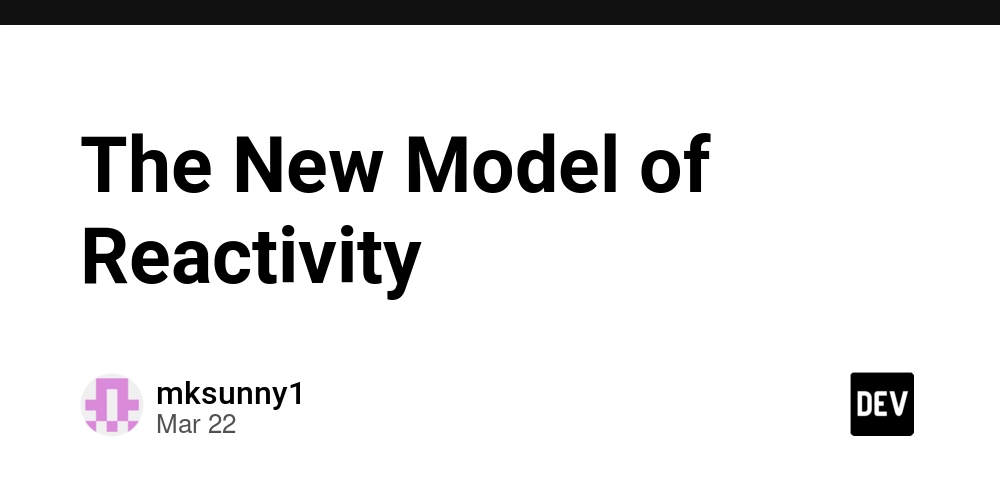
Title: Why I Built Marksafe: A Safer, More Flexible Alternative to Markdown
Introduction
Markdown is a fantastic tool for formatting content, but it comes with limitations and security risks. As a developer and content creator, I wanted a more powerful yet secure alternative—so I built Marksafe.
What is Marksafe?
Marksafe is a lightweight, XSS-safe alternative to Markdown, designed for developers and content creators who need more flexibility without the security risks of raw HTML.
- Secure by Design: No need to sanitize user input manually.
- More Powerful than Markdown: Supports attributes, custom styling, and enhanced formatting.
- Concise Syntax: Reduces boilerplate compared to HTML.
- Lightweight and Fast: Small footprint and optimized performance.
Why Not Just Use Markdown?
While Markdown is great, it has some major drawbacks:
- Limited control over attributes (e.g., no inline styles, classes, or data attributes).
- Requires extensions for extra functionality.
- Can be vulnerable to XSS attacks if improperly sanitized.
How Marksafe Solves These Problems
Marksafe gives you the power of HTML with a Markdown-like simplicity, while keeping security in check. Here’s a quick comparison:
| Feature | Markdown | Marksafe |
|---|---|---|
| Secure by default | ❌ No | ✅ Yes |
| Supports attributes | ❌ Limited | ✅ Full control |
| Custom styling | ❌ No | ✅ Yes |
| Nested elements | ❌ Limited | ✅ Flexible |
Marksafe Syntax in Action
Instead of writing verbose HTML, Marksafe lets you do this:
[div]
class=container,,
[h1] Welcome to Marksafe! [/h1]
[p]
This is the first paragraph. ;;
This is the second one. ;;
This is the third. ;;
Then the 4th.
[/p]
[/div]
This prevents XSS vulnerabilities while still allowing attributes like class, style, and data-*.
Who Should Use Marksafe?
- Developers building CMS platforms or documentation sites.
- Writers who need more flexibility in their content.
- Security-conscious teams who want safe formatting options.
Try Marksafe Today!
Marksafe is open-source and available on GitHub and npm.









































































































































































![[The AI Show Episode 142]: ChatGPT’s New Image Generator, Studio Ghibli Craze and Backlash, Gemini 2.5, OpenAI Academy, 4o Updates, Vibe Marketing & xAI Acquires X](https://www.marketingaiinstitute.com/hubfs/ep%20142%20cover.png)















































































































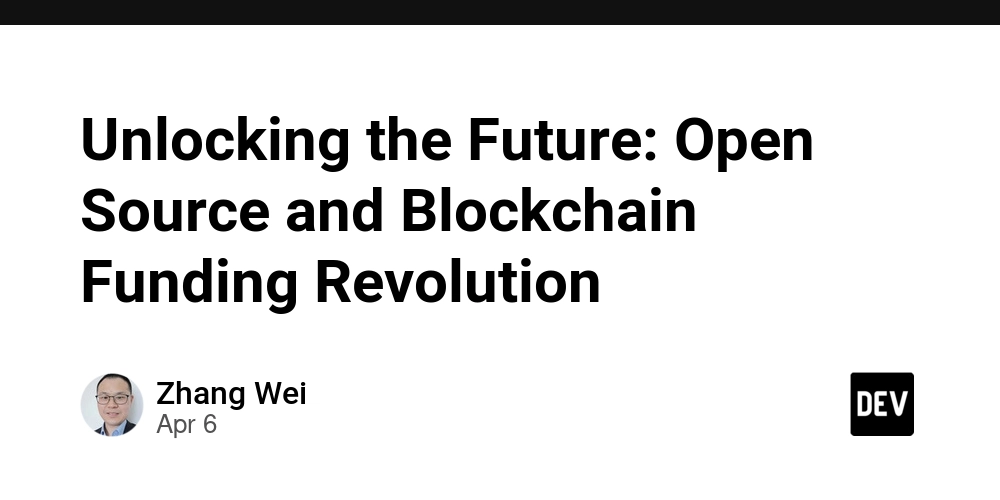
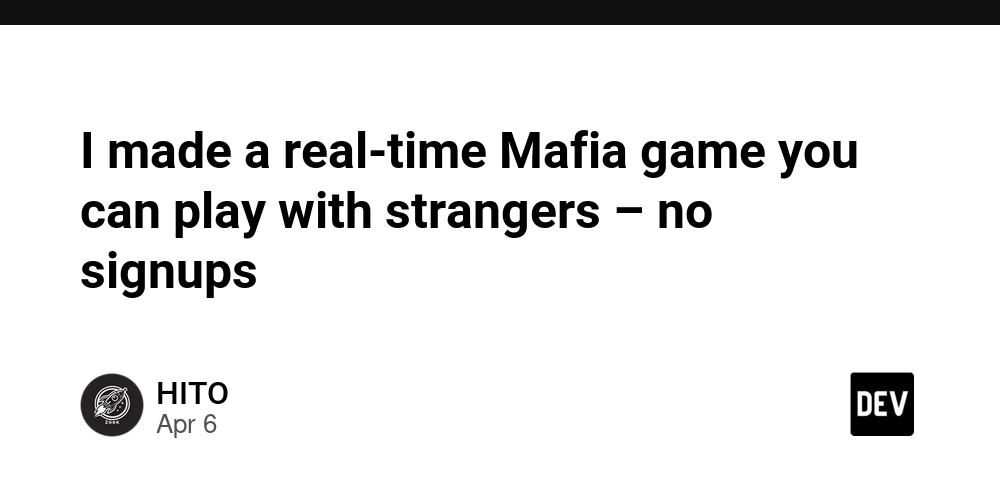
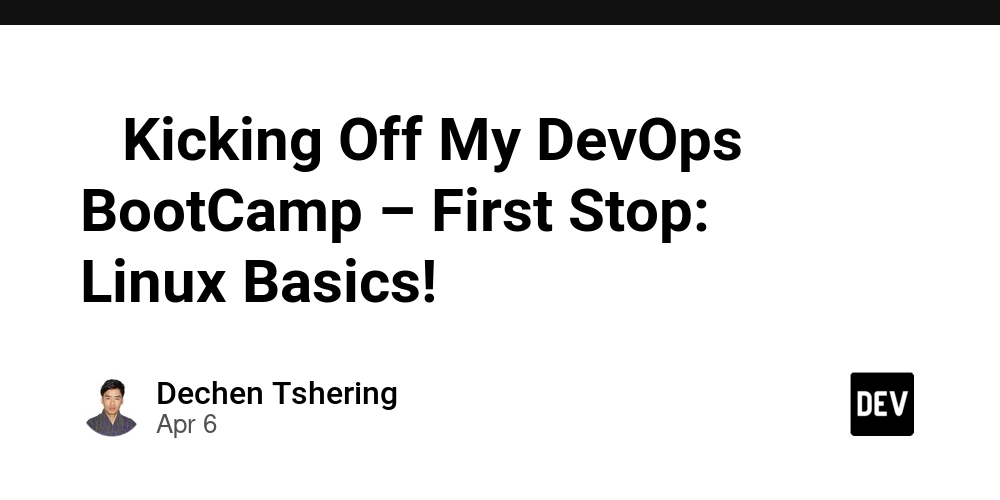









![[DEALS] The Premium Learn to Code Certification Bundle (97% off) & Other Deals Up To 98% Off – Offers End Soon!](https://www.javacodegeeks.com/wp-content/uploads/2012/12/jcg-logo.jpg)


![From drop-out to software architect with Jason Lengstorf [Podcast #167]](https://cdn.hashnode.com/res/hashnode/image/upload/v1743796461357/f3d19cd7-e6f5-4d7c-8bfc-eb974bc8da68.png?#)









































































































.png?#)
































_Christophe_Coat_Alamy.jpg?#)
 (1).webp?#)




































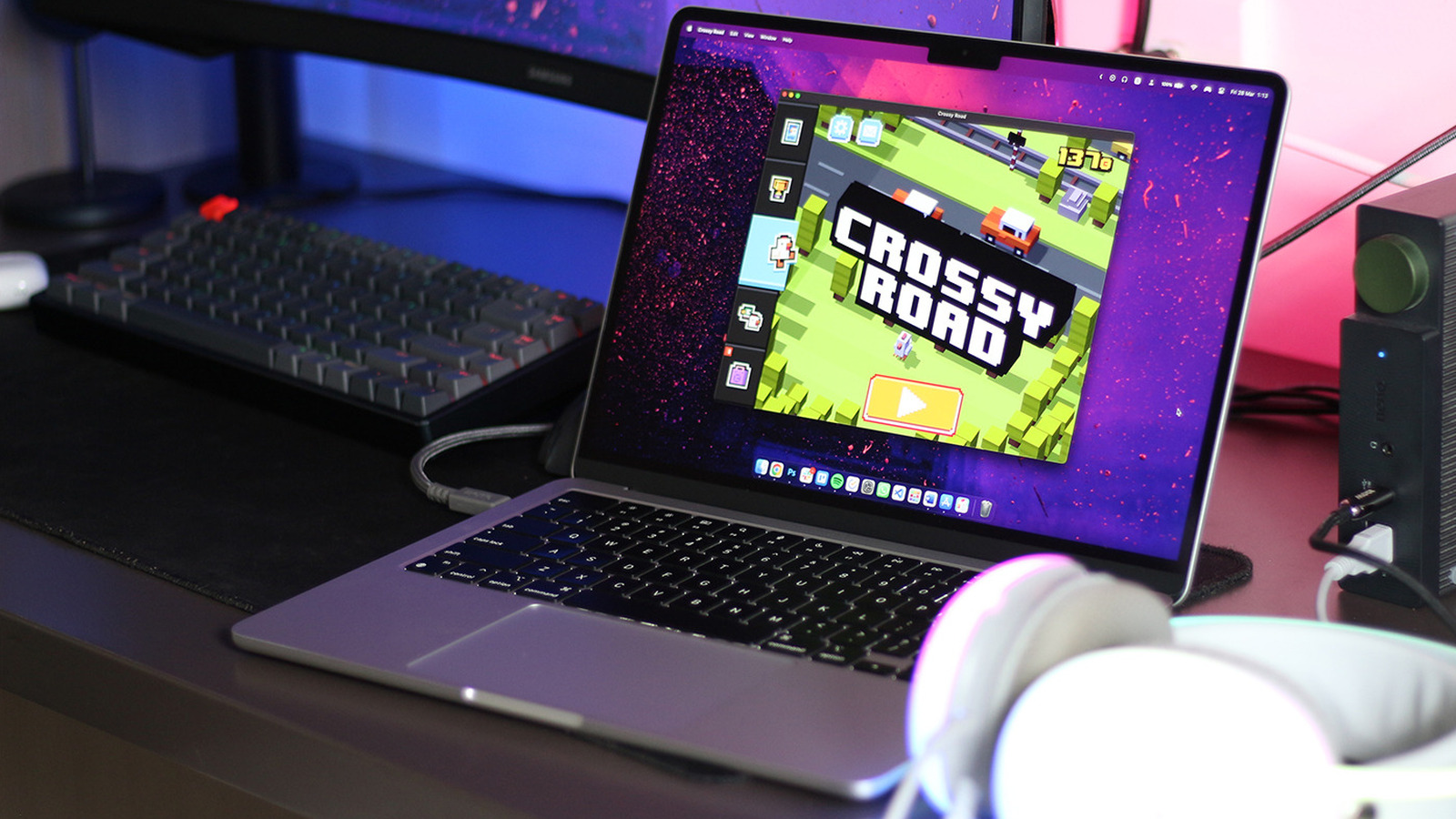





























































![iPhone 17 Pro Won't Feature Two-Toned Back [Gurman]](https://www.iclarified.com/images/news/96944/96944/96944-640.jpg)
![Tariffs Threaten Apple's $999 iPhone Price Point in the U.S. [Gurman]](https://www.iclarified.com/images/news/96943/96943/96943-640.jpg)








































































































































